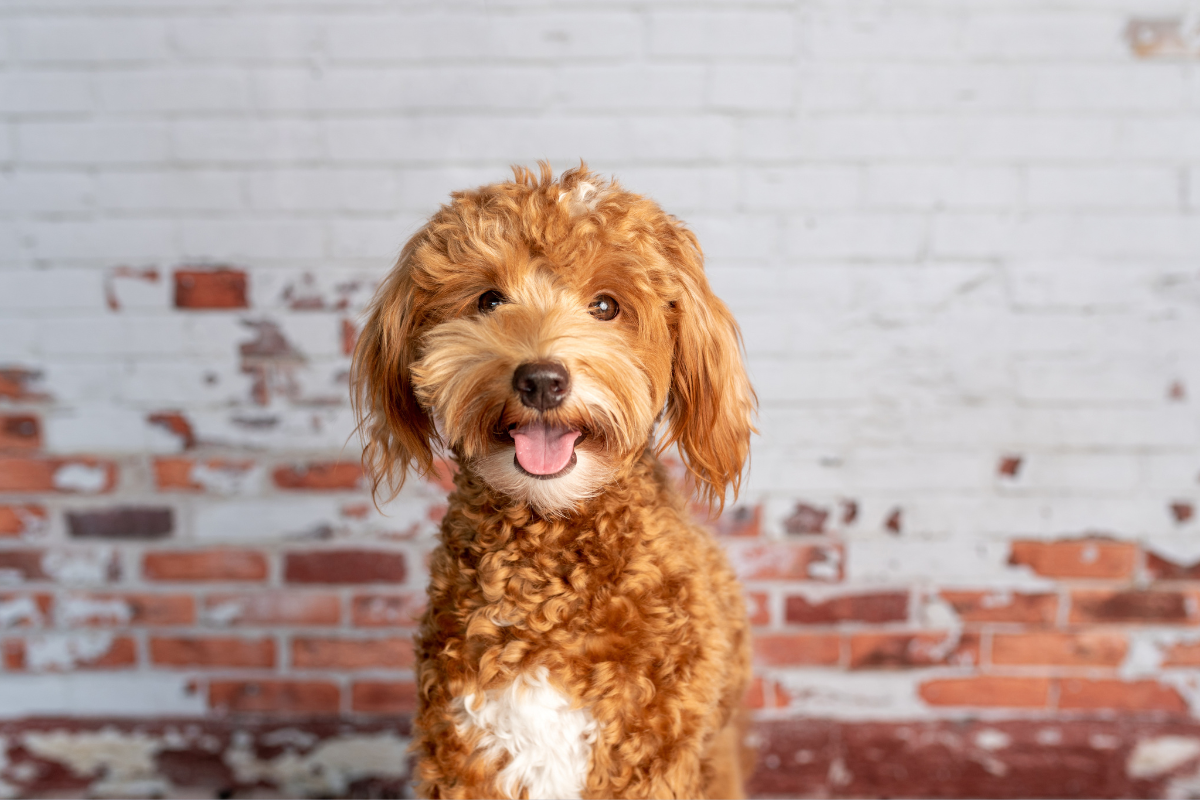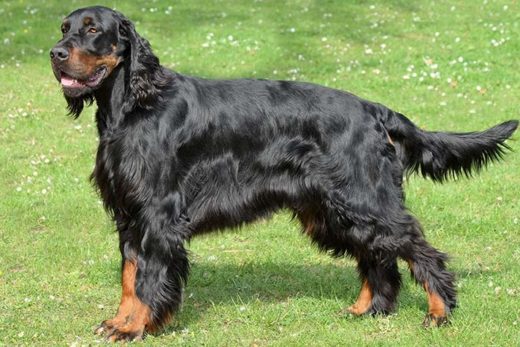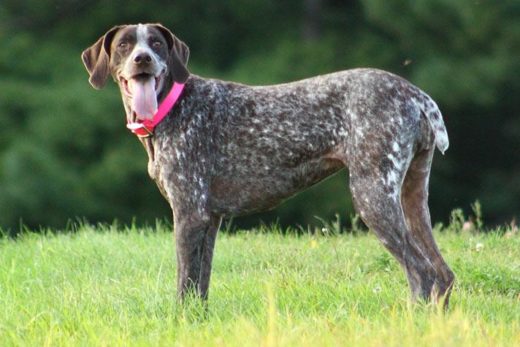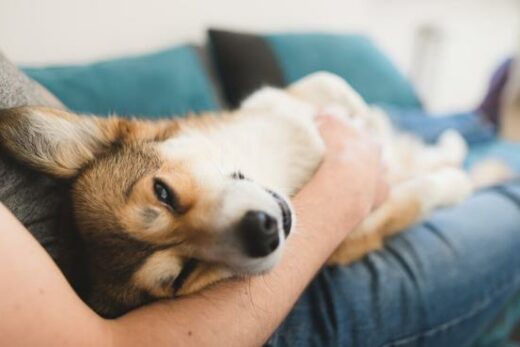
There are some dogs who just stop people in their tracks with cuteness overload. With their teddy bear good looks and cheerful personalities all wrapped up in an easy to manage package, a mini goldendoodle might just be the dog of your dreams. They are not registered as a distinct breed with the American Kennel Club, but they are the product of breeding two purebred dogs, a golden retriever and a miniature poodle. Riding the wave of intentional mixed breed dogs, these designer dogs seem to be everywhere you look these days.
Mini goldendoodles have plenty of good qualities to back up their immense popularity. They are adorable to look at, friendly to children and adults and get along well with other animals, and they share the intelligence of both poodles and golden retrievers. Mini goldendoodles are loyal and loving, and they will usually want to be close to their favorite humans. Their small size makes them easy to travel with, and they might be well suited to living in apartments or smaller spaces.
Before bringing one of these cute companions into your life, however, there are also a few areas to think about with the mini goldendoodle to make sure that this is the right dog for you. Because they are so smart, they can become bored easily and need adequate mental stimulation. They are not a breed that can be left home alone all day as they really thrive on companionship. They also have a lot of energy, even in their small size, and they need to be offered a chance for active play and exercise every day, which might be difficult in an apartment or with limited outdoor space.
Breed history
While all domesticated dog breeds began with intentional mixing to create a known breed standard, dogs were first bred to amplify the traits that would make them better at their jobs, such as hunting, herding, or guarding. For example, they might breed two parents with short coats to get a litter of puppies with coats that wouldn’t get caught in brush while hunting. In the 1800s, this changed a bit as dogs were more frequently seen as companions, and people began to breed dogs for their looks, size, and personalities. Over several generations of the same mix, a reliable breed standard was established, and every litter produced dogs with little variation.
Dogs that are the result of the mating of two purebred dogs from different breeds are called ‘designer dogs’. The labradoodle is considered to be the first modern designer dog. Australian dog breeder Wally Conron is credited with mixing a Labrador retriever with a standard poodle in hopes of creating a non-shedding, hypoallergenic guide dog for a blind client in 1989. Inspired by the success of the mating for these dogs, breeders began crossing poodles with golden retrievers in the 1990s, hoping to continue to see the best qualities of each breed.
Poodles are a type of water dog and were originally bred as hunting dogs who were trained to fetch waterfowl. They proved to be intelligent, social, and have a high level of trainability. Their dense curly coat is hair rather than fur and does not shed. When hairs fall out (just like human hair), they are trapped in the tight curls. This means they release very little dander (dead skin cells) and dog hair, which makes them nearly hypoallergenic. As they became more popular as companions, people bred them to be smaller. The miniature poodle doesn’t have the stamina or size to be an effective hunting partner, but their intelligence and charming personality soon made them sought after companion pets.
Golden retrievers were first bred in Scotland to be loyal and hardworking hunting and retrieving partners. They needed self-discipline and a positive attitude, along with a focused attention on the task even in distracting settings. Goldens are also enthusiastic water dogs, but their thick, long coat can make swimming more difficult. Their intelligent, gentle, and affectionate nature contributed to their ongoing popularity.
The mini goldendoodle gets the best of both sides of this mating. Goldendoodles appeal to people looking for a dog with the intelligence of a poodle and the friendly demeanor of a golden but without the excessive shedding of a golden retriever.
As their popularity continued to grow, people became interested in developing different sizes and colors of goldendoodles. Mini goldendoodles are created by mating two purebred parents, a golden retriever and a miniature poodle. This is called an F1 cross, or first generation. These dogs are 50% mini poodle and 50% golden retriever. Mini goldendoodles are also created as the result of an F1b cross, where a mini goldendoodle is mated to a purebred miniature poodle. F1b puppies are 75% poodle and 25% golden retriever. Because they have more poodle in their genetic makeup, these dogs have a much greater probability of being non-shedding and hypoallergenic. It is not recommended to breed goldendoodles to other goldendoodles after the third generation (F3), as the further down the line, the less predictable coat type and health issues become. Most reputable breeders will not breed a dog this way.
Even though a mini goldendoodle is the result of a cross between two purebred dogs, the American Kennel Club does not recognize the breed because they demand that the entire lineage must be from the same breed. The variation that occurs when mating two different breeds means that the AKC cannot create and support a definitive breed standard for the dogs.
The science of creating designer dogs relies on careful attention from reliable, ethical breeders to ensure that traits which might be cute but are unhealthy or even harmful to the dogs are not passed along. For example, a puggle (a cross between a pug and a beagle) might have the longer snout of a beagle, which would help alleviate some of the breathing problems pugs have as flat faced (brachycephalic) dogs. Unfortunately, this cross could also result in a dog with the short snout of a pug and the hunting drive of a beagle, and the dog might not be able to breathe well enough for all of the running it would do. A risk with a popular designer dog like a mini goldendoodle is that unethical puppy mills breed solely for quantity and appearance without taking care to eliminate any genetic disorders or other health concerns from their breeding lines.





